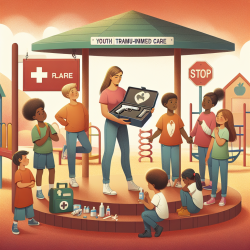Introduction
In the evolving landscape of education, dyslexia remains a significant challenge. Despite decades of research outlining its characteristics and remedial strategies, dyslexia training is often absent from teacher preparation programs. This gap in training leaves educators ill-equipped to support students with dyslexia, a condition affecting an estimated 15% to 20% of the U.S. population.
Understanding Dyslexia
Dyslexia is a neurobiological disorder that impacts phonological processing and memory, leading to difficulties in reading comprehension and fluency. It is crucial to differentiate between dyslexia and poor reading skills due to environmental factors. Dyslexia does not correlate with low IQ or lack of motivation but requires specific interventions that target its neurological roots.
The Training Gap
Many educators lack the training to identify and support dyslexic students effectively. This deficiency often results in misidentification and ineffective interventions, causing students to fall behind. Teacher preparation programs need to integrate comprehensive dyslexia training into their curricula to address this issue.
A Collaborative Solution
Recognizing the urgent need for enhanced training, Wright State University (WSU) and CodeBreakers, LLC, have developed a three-pronged approach:
- Dyslexia Specialist Certification Program: A graduate-level program providing in-depth knowledge and skills to support dyslexic students.
- Professional Development Seminars: Workshops for educators focusing on evidence-based literacy techniques and dyslexia interventions.
- WSU Dyslexia and Literacy Center: A proposed center offering tutoring and mental health support, serving as a training ground for educators.
Impact and Future Directions
This collaborative effort aims to fill the training gap, equipping educators with the necessary skills to support dyslexic students. The Dyslexia Specialist Certification Program and Professional Development Seminars are designed to enhance teacher knowledge and improve student outcomes.
The proposed WSU Dyslexia and Literacy Center will provide much-needed support for individuals with dyslexia and serve as a resource for the community. This initiative represents a significant step forward in addressing the training gap and improving educational outcomes for students with dyslexia.
Conclusion
By bridging the gap in dyslexia training, WSU and CodeBreakers, LLC, are setting a precedent for other institutions. This model highlights the importance of collaboration between universities and community partners in enhancing teacher training and supporting students with dyslexia.
For more information, please follow this link.










